Urge incontinence - what is it?
An "overactive bladder" is one that requires you to go to the toilet too frequently, and with less warning to go. At its worst, an overactive bladder causes urge incontinence, which results in leakage before you can get to the toilet. This can occur in certain situations, such as when you’re driving up the driveway, opening the front door, when a tap is running, or it can just occur spontaneously.
What options do I have?
For most women, urge incontinence is treated with medication. Bladder retraining is also very important, and this is likely to be more successful when used in combination with medication. In a small proportion of women, medication is not tolerated or is ineffective, and injection of Botox into the bladder is used. This works on the nerves to the bladder, making them less irritable and reducing bladder overactivity.
We offer tibial nerve neuromodulation as a treatment for women with bladder overactivity, an option that may be used instead of medication.
Stress incontinence - what is it?
Stress incontinence is leakage of urine during activity; women commonly come to see us as the leakage prevents them from enjoying exercise, playing with their children or grandchildren, or even laughing. Leakage when on a trampoline or walking down The Mount are other common reasons that women come and see us.
What options do I have?
In contrast to urge incontinence, treatment of stress incontinence is with surgery. André and Liam have plenty of experience with synthetic pubovaginal slings and rectus fascia slingsand these are proven to be effective with minimal problems in the right patient.
Decision making tool for stress urinary incontinence
This is a useful article on the options available.
Ministry of Health NZ
This Ministry of Health document gives you information about treating stress urinary incontinence with surgery involving mesh and alternative management options.
Australian Commission on Safety and Quality in Health Care
Document on Treatment option for Stress Urinary Incontinence.



